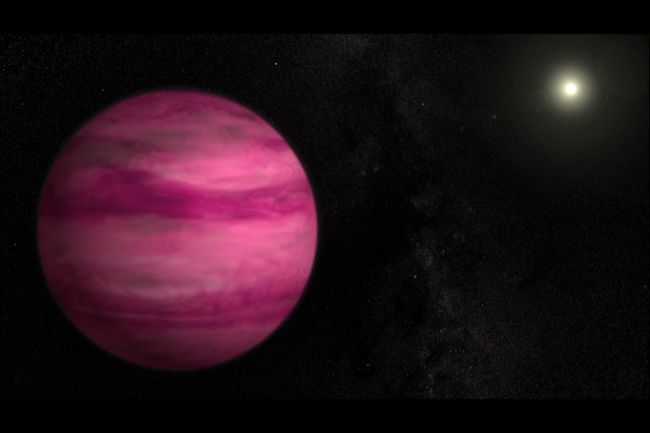
Last week NASA published the discovery of a new planet about 57 light years from Earth, a planet now known as GJ504b.
The planet is about the size of Jupiter, but it is much more dense, several times its mass. Besides being Jupiter-size, it is actually the smallest planet ever directly imaged by a telescope. But what makes it special is its appearance, a colored deep magenta, clearly pink.
The planet orbits its sun in an immense orbit (43.5 astronomical units) which is about 44 times the distance between Earth and the Sun, a fact that puzzled scientists since its massive size are inconsistent with current planetary formation theories.
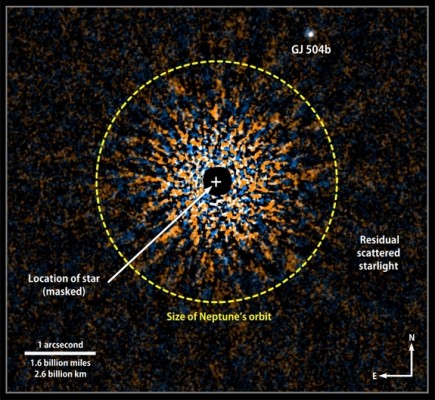
The theories state that more massive planets form within an area of gravitational force closer to the planetary system’s star, created by mass collisions of debris, attracting gas-rich particles and eventually leading to the formation of larger planets.
The GJ504b resides in a region where this debris is thought not to have been significant enough to create a planet its size. The planet’s existence is a contradiction of current theories and will, therefore, be the cause of reexamination and reevaluation of current theories.
_______________
Direct Imaging of a Cold Jovian Exoplanet in Orbit around the Sun-like Star GJ 504
______________________________

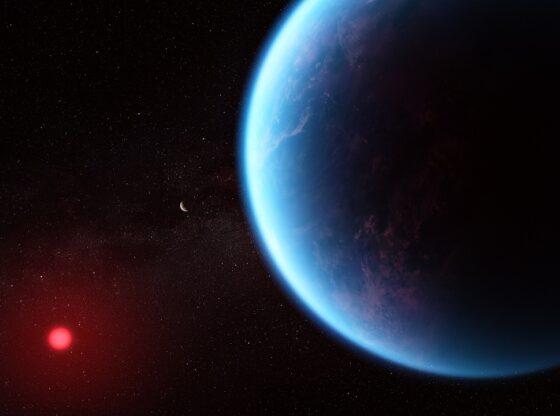
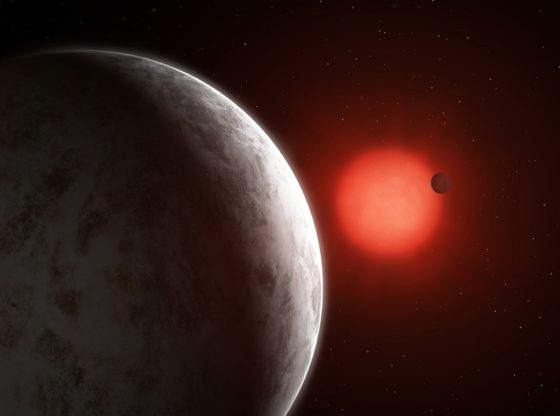
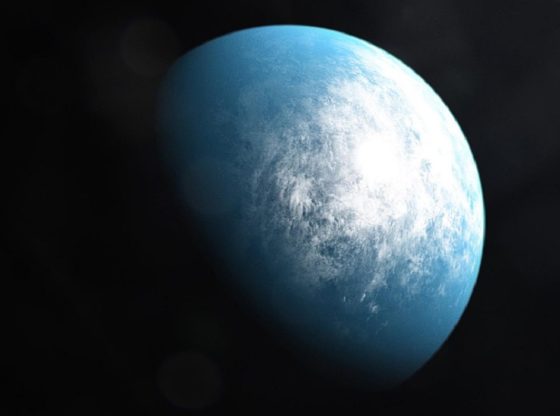
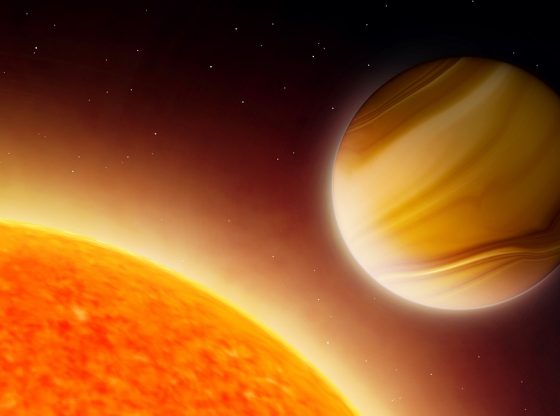
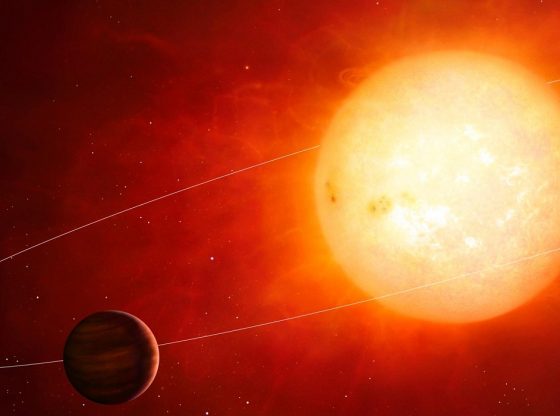
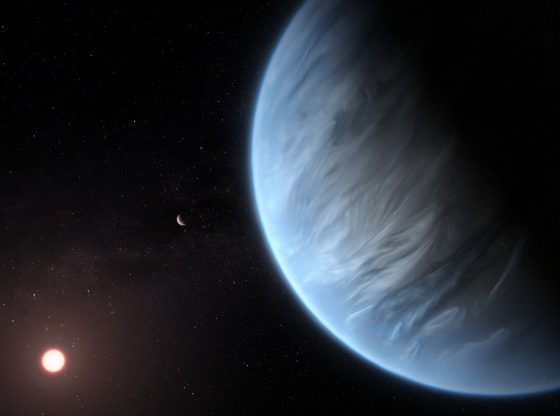
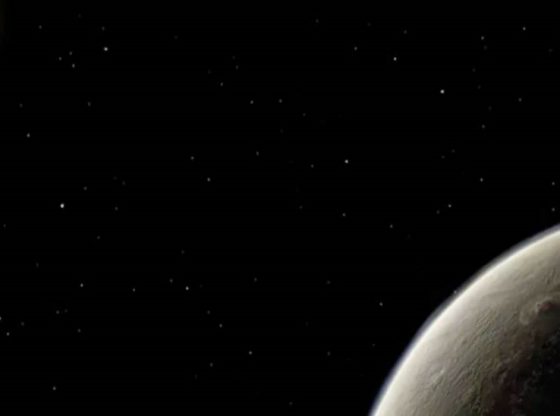

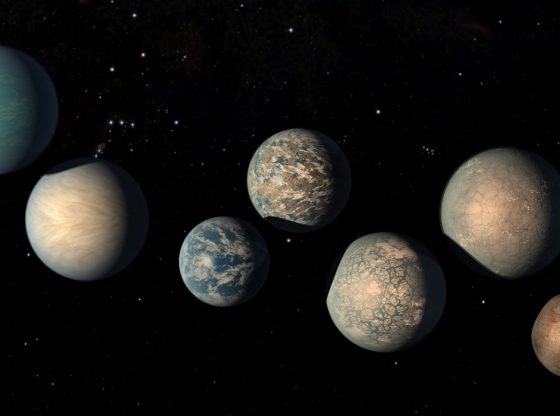
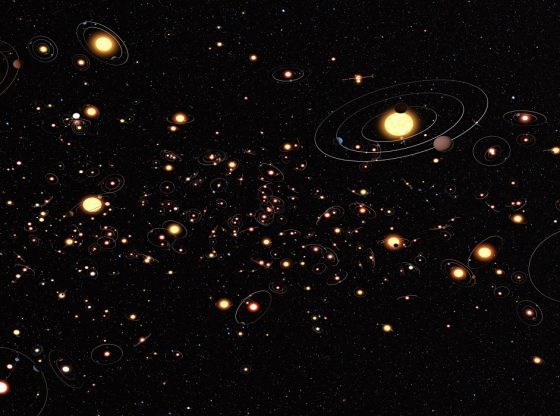
![OpenAI. (2025). ChatGPT [Large language model]. https://chatgpt.com](https://www.illustratedcuriosity.com/files/media/55136/b1b0b614-5b72-486c-901d-ff244549d67a-350x260.webp)
![OpenAI. (2025). ChatGPT [Large language model]. https://chatgpt.com](https://www.illustratedcuriosity.com/files/media/55124/79bc18fa-f616-4951-856f-cc724ad5d497-350x260.webp)
![OpenAI. (2025). ChatGPT [Large language model]. https://chatgpt.com](https://www.illustratedcuriosity.com/files/media/55099/2638a982-b4de-4913-8a1c-1479df352bf3-350x260.webp)








